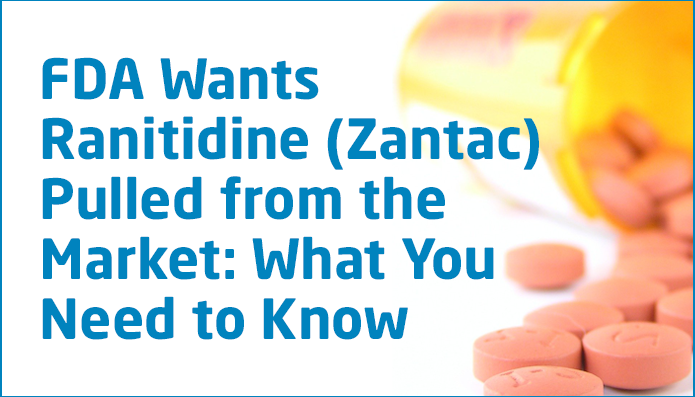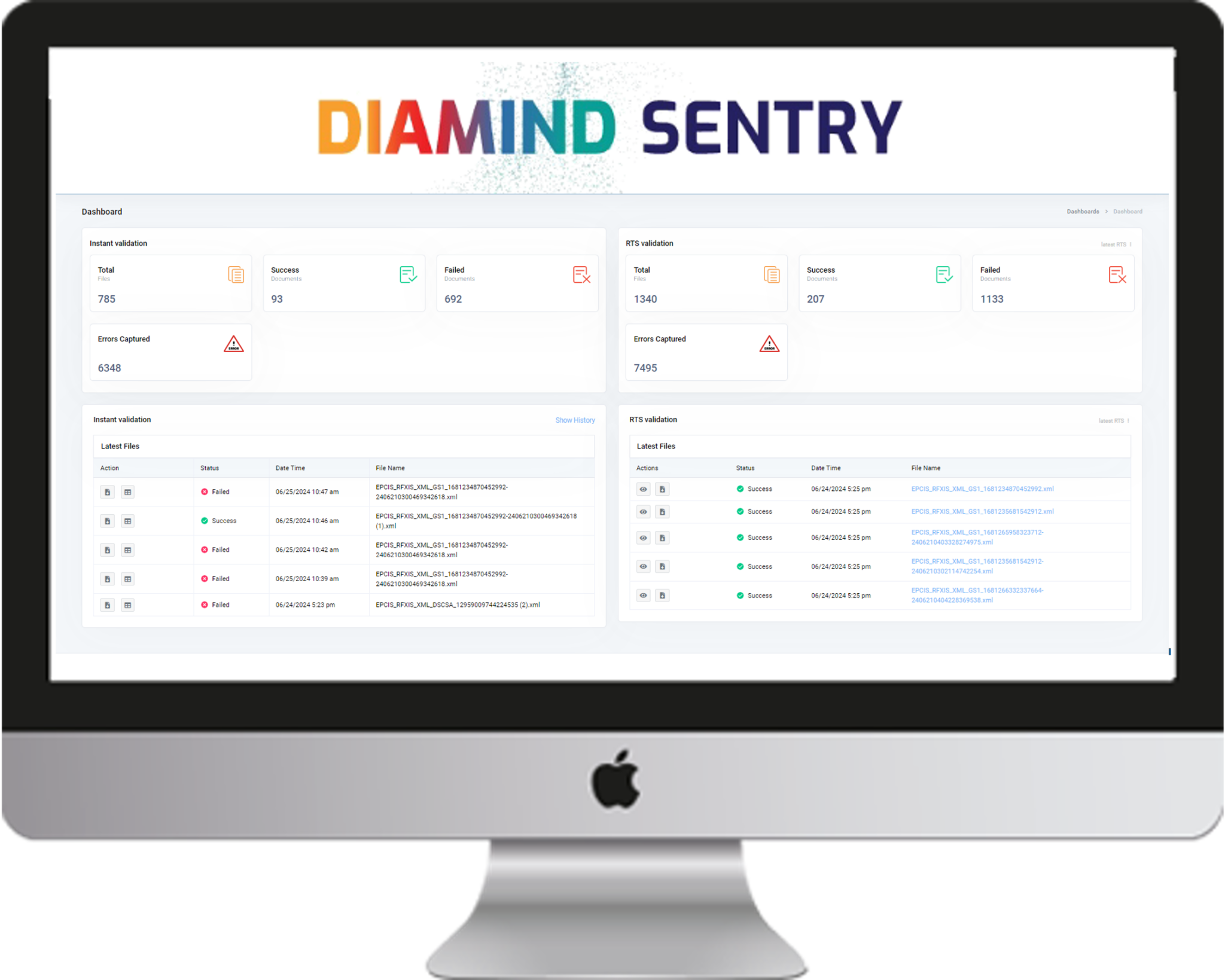On April 1, the U.S. Food and Drug Administration (FDA) requested that manufacturers immediately withdraw from the market all prescription and over-the-counter (OTC) ranitidine drugs, commonly known by the brand name Zantac. As a result, ranitidine products will not be available for new or existing prescriptions or OTC use in the United States.
Ranitidine is widely used to treat and prevent heartburn. It can also treat gastroesophageal reflux disease (GERD), stomach ulcers, and conditions that cause too much stomach acid. As a generic drug, it’s sold primarily to decrease production of stomach acid.
As early as September 19, 2019, the FDA alerted patients and healthcare professionals that a contaminant known as N-Nitrosodimethylamine (NDMA), suspected to be a human carcinogen, had been found in samples of ranitidine. Since then, the agency has released more than 15 announcements about its investigation into the contamination, several of which called for limited voluntary recalls and culminated in the April 1 request that all ranitidine be removed from the market.
What the FDA testing revealed about Zantac/ranitidine
According to the FDA, the NDMA levels in some ranitidine products increases over time. Furthermore, when the products are stored at higher-than-room temperatures, it could “result in consumer exposure to unacceptable levels of the impurity.” Although the agency didn’t find unacceptable levels of NDMA in many of the samples that were tested, it decided to issue the request because it couldn’t verify under what conditions medications had been stored.
The FDA’s initial tests found low levels of NDMA in ranitidine. Low levels of NDMA can be found in foods and in water but are not expected to increase the risk of cancer; however, sustained higher levels of exposure may increase the risk. More recent testing confirmed the following:
-
- NDMA levels increase in ranitidine even under normal storage conditions.
- NDMA has been found to increase significantly in samples stored at higher temperatures, including temperatures products may be exposed to during distribution and handling by consumers.
- The older a ranitidine product is, the greater the level of NDMA.
- These conditions may increase the level of NDMA in ranitidine products above the acceptable daily intake limit.
What consumers should do if they’re taking Zantac/ranitidine and/or have it in their home
In addition requesting that manufacturers withdraw ranitidine products from the market, the FDA advises that consumers stop taking any OTC ranitidine tablets or liquid they have at home, dispose of them properly, and not buy more. People who want to continue treating their condition should use other approved OTC products. Patients taking prescription ranitidine should consult their doctors about other options before stopping the medicine.
There are several drugs approved for the same or similar uses as Zantac/ranitidine that do not have the same NDMA risk. To date, FDA testing has not found NDMA in famotidine (Pepcid), cimetidine (Tagamet), esomeprazole (Nexium), lansoprazole (Prevacid) or omeprazole (Prilosec).
Because of the COVID-19 pandemic, the FDA asks that patients and consumers do not take their medicines to a drug take-back location; instead, they should follow disposal instructions included with their medication or follow the agency’s guidance for safe home disposal.
rfxcel’s Integrated Monitoring (rIM) solution monitors temperature and other environmental factors, safeguarding products in the supply chain
Our award-winning rIM solution uses Internet of Things (IoT) technology to monitor the environmental condition of products in real time as they move through supply chains on land, sea, and air. It is widely used in pharmaceutical cold chains to monitor medical supplies, including vaccines.
rIM communicates with small IoT-enabled devices embedded with products and sends updates and alerts about more than a dozen environmental conditions, including temperature, humidity, light, orientation (tilt), and shock. It also monitors location, so it can alert users about route diversions and ensure logistics providers remain in compliance with delivery agreements. It can monitor at both the top level (e.g., case, pallet, truck) and the item level (e.g., syringe, packet, bottle), yielding true supply chain traceability and transparency.
Our CEO, Glenn Abood, was compelled to start rfxcel 17 years ago when he realized that consumers didn’t have a way to check the authenticity of their prescription drugs. Click here to learn more about rIM and our other solutions for the life sciences, all of which safeguard the pharma supply chain and protect consumers from potentially harmful products.





